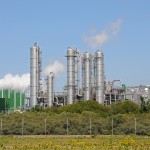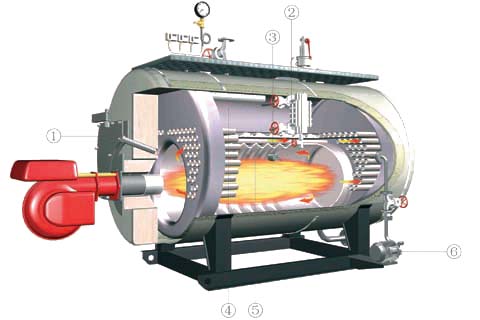In order to boost the election chances of Rep. Bruce Braley (D-Iowa) in a race to replace retiring Sen. Tom Harkin (D-Iowa), the White House may increase the final 2014 Renewable Fuel Standard (RFS) targets and delay release of the rule until mid-to-late summer when it’s closer to midterm elections, according to an energy analyst.
“According to Real Clear Politics, Braley leads [Iowa Republican Senate nominee Joni] Ernst by 5.3 points, a gap that could get much closer now that the five- way Republican primary is over,” explained Kevin Book, managing director of Clearview Energy Partners, in a note to clients last evening.
EPA’s proposed 2014 rule, issued in November 2013, calls for nearly across-the- board cuts.
“We have suggested in the past that the White House could look to empower Braley’s chances and help Democrats retain the Senate by increasing biofuel targets under the 2014 RFS. If that were the case, EPA might miss its self- imposed June 20 deadline [for releasing the final 2014 rule] and opt for a mid- to late-summer release,” Book noted. “Such a move might have more of an impact closer to the mid-term elections,” he added.
The 2014 RFS proposal has still not been sent to the White House’s Office of Management and Budget (OMB) for review, with OPIS reporting earlier this week that some sources were skeptical EPA could meet its goal of releasing the final rule by summer.
“Even though OMB targets a 90-day turnaround, the White House has regularly beaten that timeline with previous RFS rulemakings,” Book continued. “Still, it seems unlikely at this point that EPA would hit the June 20 self-imposed deadline for releasing the 2014 RFS. If, as we have considered, the White House is looking to help Braley’s race by both releasing the RFS later in the year and increasing targets relative to the proposal, a release closer to or during the August Congressional recess could bode well for Braley. Braley could campaign at home arguing that his efforts resulted in increased targets for the largest biofuel producing state,” he noted.
In response, EPA spokeswoman Liz Purchia told OPIS that the agency is “working on it [the final 2014 RFS] and hopes to have it out as soon as possible.”
Meanwhile, in his note, Book outlined “at least three ways EPA could increase total ethanol requirements under the 2014 RFS: (1) increase gasoline consumption estimates; (2) increase E85 consumption estimates; and (3) change its methodology,” noting that based on higher gasoline consumption, EPA could increase the total ethanol requirement to 13.6 billion gal from 13.01 billion gal.
On the subject of Renewable Identification Numbers (RINs), Book explained that “[a]ssuming EPA sticks with its proposed methodology for both the final 2014 and 2015 RFS targets, we estimate that carryover RINs could help regulated entities address the ethanol ‘blendwall,’ [the point at which 10% ethanol blends are maxed] that is, use carryover RINs in lieu of actual biofuel blending. We would suggest a significant RIN bank should place downward price pressure on the D6 RIN, commonly referred to as the ethanol RIN,” he added.
On Wednesday, OPIS pegged 2014 D6 RINs around 43.5cts per RIN.
As OPIS reported earlier this week, another wrinkle of a possible delay in the
2014 RFS release involves the June 30, 2014 compliance deadline for the 2013 RFS. The agency may have to extend the 2013 RFS compliance deadline.
Meanwhile, a biofuels industry source disagreed with Book’s assessment on RINs.
“If EPA allows the June 30 compliance deadline to pass without a 2014 RVO rule in place, it will trigger RIN price spikes — just as it did last year. There will be a massive retirement of RINs, and everyone will hold on to whatever remainder they have,” the source warned.



